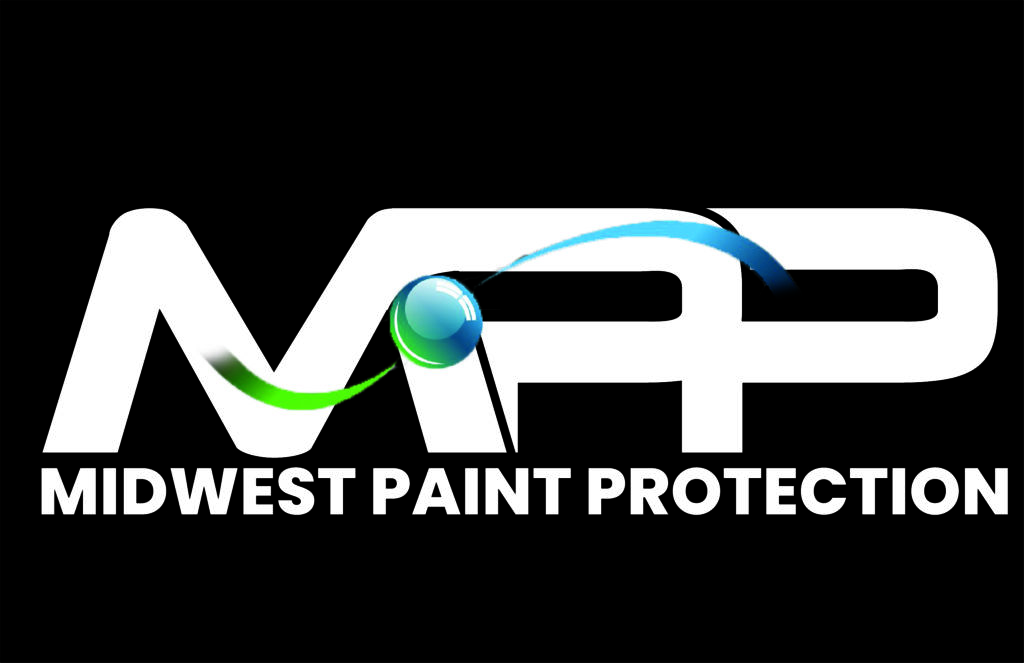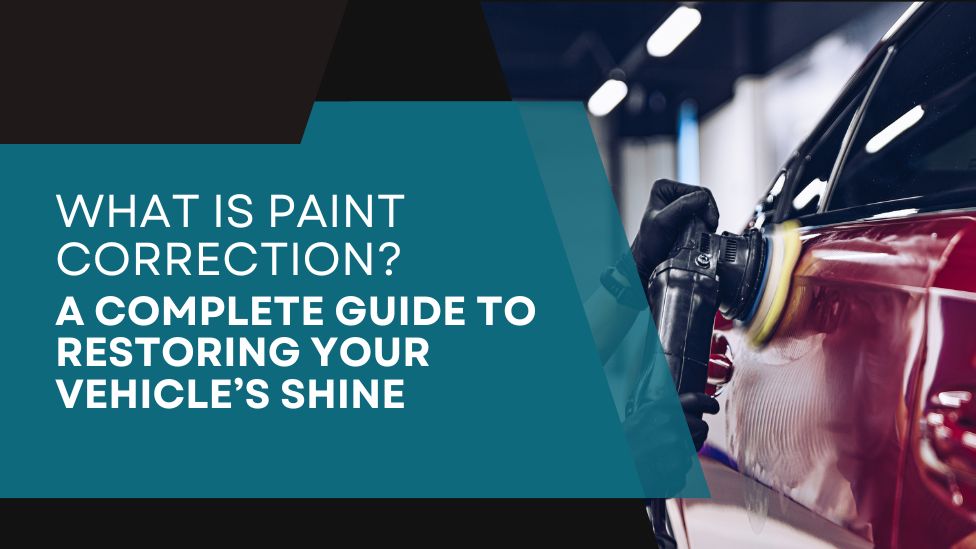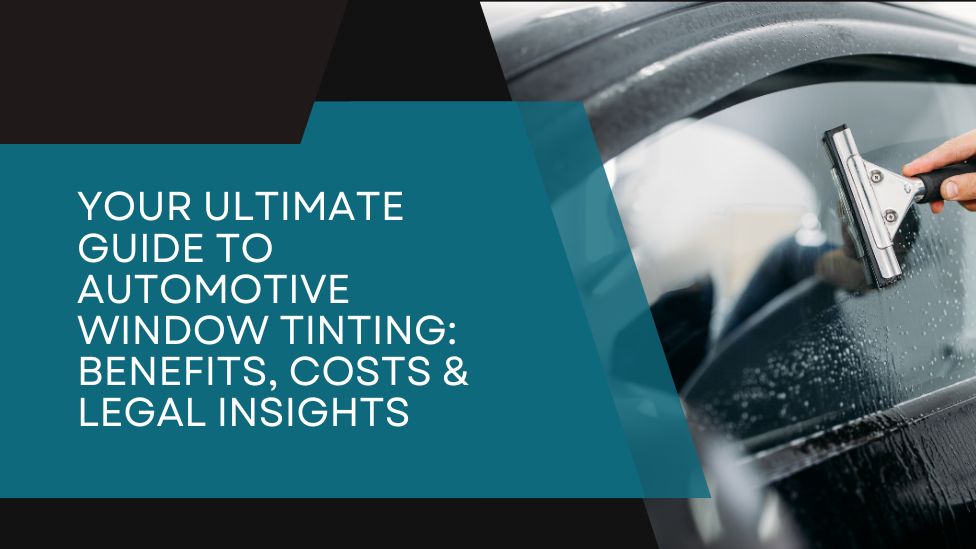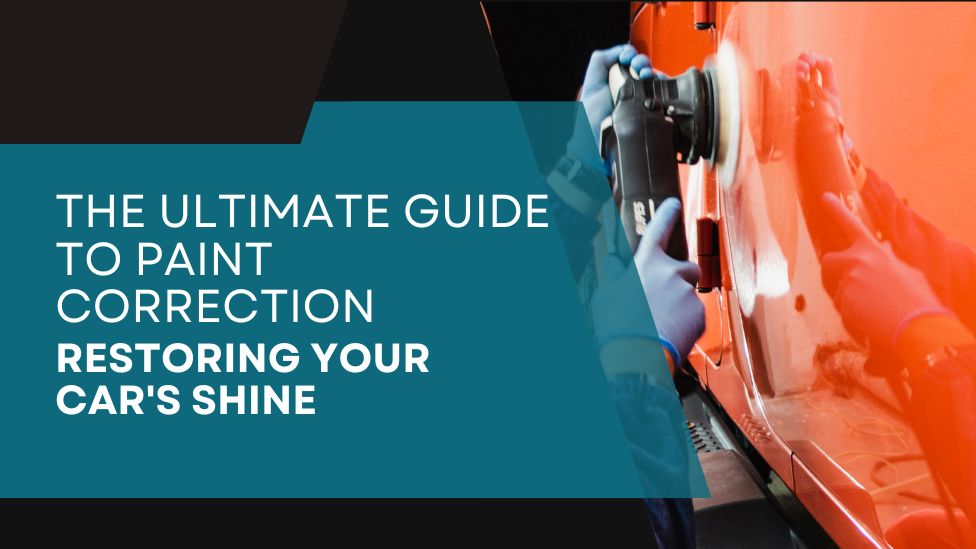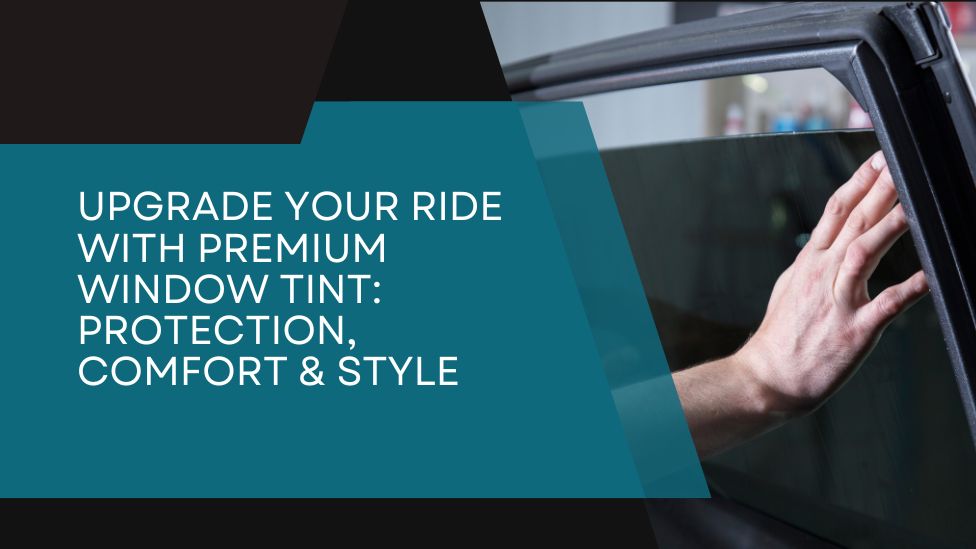Over time, a vehicle’s exterior can lose its original luster due to swirls, scratches, oxidation, and other imperfections. Paint correction is a professional detailing process that removes surface defects and restores the paint to a smooth, reflective finish. Whether you’re preparing for ceramic coating or simply want your car to look showroom-new, paint correction is a crucial service to consider.
In this comprehensive guide, we’ll dive deep into what paint correction is, how it works, the cost for paint correction, and answer common questions like “does paint correction fix chips?” and “how much is a paint correction?”
What is Paint Correction?
Paint correction refers to the process of eliminating surface imperfections in a vehicle’s clear coat. These imperfections include:
- Swirl marks
- Light scratches
- Water spots
- Oxidation
- Etching from bird droppings or tree sap
- Holograms from improper polishing
Professional paint correction uses machine polishers, high-quality compounds, and expert techniques to refine the surface and bring back that mirror-like shine.
Benefits of Paint Correction
Paint correction isn’t just about aesthetics — it offers long-term protection and value.
1. Enhanced Appearance
The most obvious benefit is restoring the paint’s original clarity and gloss, making your car look brand-new.
2. Boosts Resale Value
A vehicle with a flawless finish can command a higher resale price, making paint correction a smart investment.
3. Prepares for Protection
Paint correction is often the first step before applying ceramic coatings or paint protection film (PPF). A clean, defect-free surface ensures better bonding and longevity.
4. Removes Years of Wear
Even if you’ve washed and waxed your car regularly, micro scratches and dullness can accumulate. Paint correction effectively reverses years of visual damage.
The Paint Correction Process: Step-by-Step
Professional detailers follow a meticulous multi-stage process to ensure maximum results:
1. Inspection
The technician examines your vehicle’s paint under proper lighting to identify defects and determine the level of correction needed.
2. Washing and Decontamination
- Foam wash and rinse
- Iron and tar removal
- Clay bar treatment to remove embedded contaminants
3. Paint Depth Reading
To avoid cutting too deep into the clear coat, a paint depth gauge may be used.
4. Compounding
A more aggressive compound is used with a rotary or dual-action polisher to eliminate deeper imperfections.
5. Polishing
Finer polishes are applied to remove haze and bring out a glossy finish.
6. Finishing Touches
Any residue is wiped off, and a paint protection product like wax, sealant, or ceramic coating is applied if requested.
How Much is a Paint Correction?
One of the most frequently asked questions is, “how much is a paint correction?” The answer varies depending on several factors:
Factors Affecting Cost:
- Vehicle size (compact vs SUV or truck)
- Condition of the paint
- Number of correction stages (single-stage, two-stage, or three-stage)
- Location and reputation of the service provider
Cost for Paint Correction: Is it Worth It?
When considering the cost for paint correction, it’s important to look at the value it brings:
- Restores the original factory finish
- Prepares the paint for long-term protection
- Saves money in the long run by preventing repainting or frequent waxing
- Increases resale appeal and value
Budget Tip:
Some detailing studios offer bundled packages combining paint correction with ceramic coating for a better deal.
Does Paint Correction Fix Chips?
This is another common concern: Does paint correction fix chips? The short answer is no.
Paint correction does not fix stone chips, deep scratches, or areas where paint is missing. It’s designed to correct surface-level defects only. However, here’s how you can handle chips:
- Touch-up paint: Minor chips can be filled using OEM touch-up paint before the correction.
- Paintless dent repair (PDR): If the chip includes a dent, PDR may be needed.
- Spot repair: For large or numerous chips, a body shop may need to respray the affected panel.
Paint correction can visually reduce the severity of chips by enhancing the surrounding paint, but it doesn’t repair the chip itself.
Is Paint Correction Right for You?
Consider paint correction if:
- Your vehicle has visible swirl marks and scratches
- You’re preparing for a ceramic coating
- You want to restore a faded or oxidized finish
- You’re selling your vehicle and want to increase its value
It may not be necessary if:
- Your paint is in excellent condition
- You’re looking for a quick and inexpensive cosmetic fix (paint correction is time-intensive and should be done by professionals)
Choosing the Right Paint Correction Specialist
Not all detailers are equal. Here’s what to look for:
- Experience and certification (e.g., IDA-certified)
- Before-and-after photos or customer reviews
- Transparent pricing
- Proper equipment and lighting for correction work
Tip: Ask for a paint correction consultation to evaluate the condition and get a customized quote.
FAQs: Paint Correction
Q1: How long does paint correction last?
It depends on how the vehicle is maintained. With proper washing and protection (like ceramic coating), results can last several years.
Q2: Can I do paint correction myself?
DIY kits are available, but professional paint correction requires skill, the right tools, and a controlled environment. Amateur polishing can cause more damage if done incorrectly.
Q3: How often should you get paint correction?
Most vehicles only need it once, followed by good maintenance and protection. However, if neglected, you may need it every 1–3 years.
Final Thoughts
Paint correction is a transformative service that restores your vehicle’s original shine by eliminating surface imperfections. While the cost for paint correction may seem high, the results speak for themselves — especially if you’re preparing for ceramic coating or resale.
Just remember, paint correction doesn’t fix chips, but it does everything else to make your paint look flawless. So if you’re still asking “how much is a paint correction?”, the real question is — how much is it worth to drive a car that looks brand new again?
